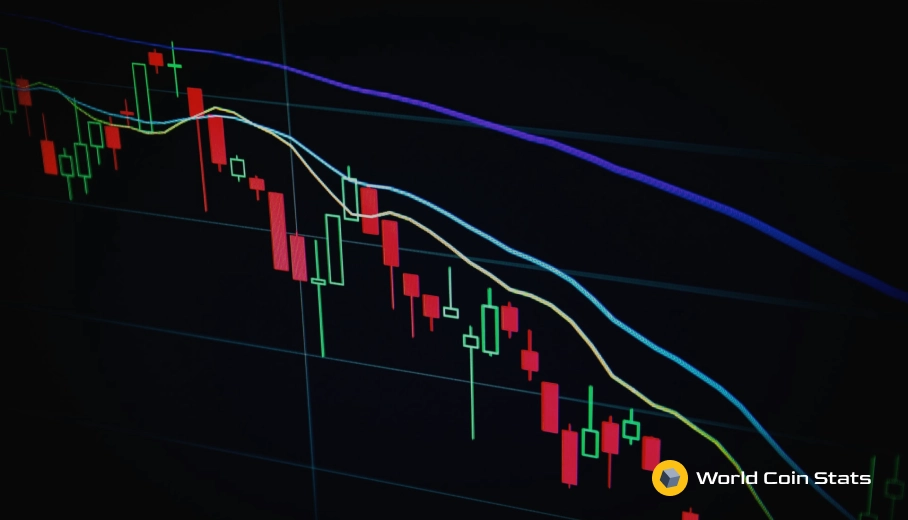Economists: Main Causes of Unemployment
It is no secret that high unemployment rates are bad for the worldwide economy. Unemployment is a severe problem which impacts different sectors of the economy as well as the jobless individuals.
Typically, the percentage of unemployed workers in the total labor force defines the unemployment rate. In general, there are seven causes of unemployment, and they are divided into three groups, and today we will talk about them. So, if you want to know which are the seven causes of unemployment, then keep on reading.
Contents
Seven Causes of Unemployment
As a key economic indicator, the unemployment rate reveals the performance of a country’s labor market. Usually, during a recession or challenging economic times, the unemployment rate attracts the attention of the media.
Economists divide the types of unemployment into three major groups – frictional, structural, and cyclical. Let’s take a look at what these unemployment types represent.
Frictional Unemployment
This type of unemployment is unavoidable. Usually, frictional unemployment occurs when workers are looking for work as they are jobless. The reason why these people do not have a job doesn’t really matter. They may have left voluntarily or may have been fired. Typically, frictional unemployment is short-term.
Economists describe this unemployment type as the ever-present movement of individuals into and out of jobs. Moreover, frictional unemployment is the lowest unemployment rate in a growing economy. However, if the unemployment rate is below that level, it usually means that companies/employers are struggling with finding workers.
Here are examples of the four causes of frictional unemployment:
- New workers enter the workforce – College graduates who are in search of their first jobs.
- Job seekers re-entering the workforce – Family caregivers who are returning to the labor force
- Voluntarily leaving the workforce – Individuals who quit their jobs before having found new ones
- Individuals who relocate and are in search of a new job
Read more information about Frictional Unemployment by clicking here
Structural Unemployment
Both structural and frictional unemployment involves the worker-to-job matching process. However, in comparison with frictional unemployment, structural unemployment does not include the voluntary nature of some frictional unemployment, and it usually lasts longer. Or in other words, this type of unemployment is neither short-term nor voluntary.
When it comes to structural unemployment, economists describe it as unemployment when the unemployed skills workers have don’t match the skills needed by employers. Typically, these obstacles to the worker-to-job-matching process lengthen unemployment spells. Generally, structural unemployment occurs when an underlying shift in the economy makes it difficult for some groups to find jobs.
Here are examples of the two causes of frictional unemployment:
- Advances in technology – When a company integrates computers or robots, and they replace workers
- Job outsourcing – When a company moves its manufacturing to another country or even continent
Read more information about Structural Unemployment by clicking here
Cyclical unemployment
Economists refer to the cyclical unemployment as the unemployment that happens during the recession phase of the business cycle. Typically, there is a decrease in the demand for goods and services. To adjust to the downturn in the business cycle, companies and employers are often forced to lay off workers or to cut the working hours temporarily.
Of course, when the demand rate gets back to normal, companies and employers resume hiring and usually increase the hours of their existing workforce. And as soon as there is a sign of steady economic growth, companies get back to rehiring the experienced workers who have been laid off during the recession.
Here is an example of the seventh cause of unemployment:
- Demand-deficient unemployment – When there are fewer jobs than applicants




